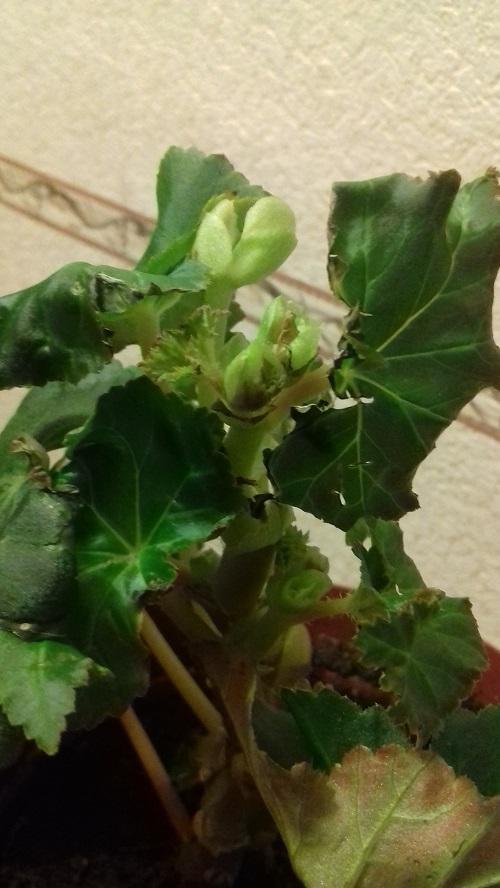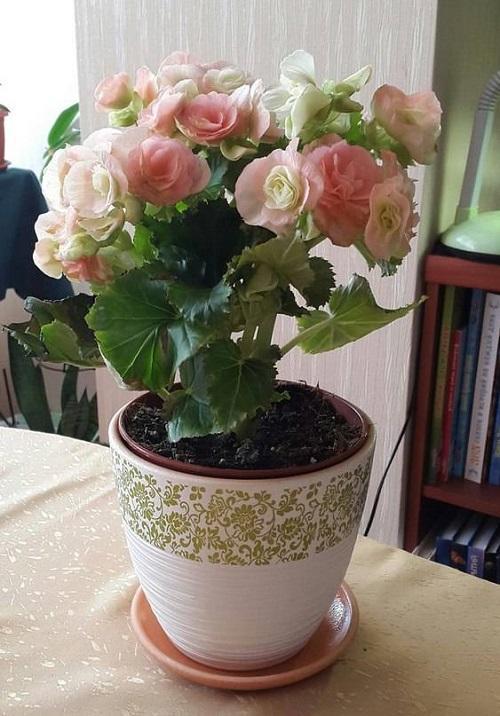Begonia Elatior: the highlights of plant care

Hello! I took a flower from work, I felt sorry for him. Just faded, as I understand it is begonia. I don’t know what kind. Was in a store pot, remained unnecessary after March 8. Tell me what to do with it next? I just did the transshipment, that's all.
Your plant is very similar to the Elatior begonia, a hybrid perennial begonia. The flower grows in a bush that rarely exceeds 40 cm in height, and is characterized by abundant and long flowering.
Begonias care rules
When growing begonias, it is necessary to provide them with comfortable conditions. Only in this case the plant will actively develop and delight with its beautiful flowering.
Basic requirements for the care of begonias:
- Loose nutrient soil. The shops sell a special substrate for begonias.
- The presence of drainage holes and a drainage layer in the pot, for example, from expanded clay. From stagnant moisture, rotting of the root system can begin.
- Adequate lighting. Place the pot on the southwest or east windowsill, where it will be comfortable.
- The room temperature is from 20 to 25 degrees Celsius. In winter, do not let the temperature drop below 18 degrees Celsius and keep begonias in a draft while ventilating.
- Moderate watering. The earth ball should dry well between waterings, but not dry out completely.
- Spraying. Begonia is very fond of a water shower in the summer, but you need to make sure that after the procedure the flower does not stand in the sun, which leads to burns on the leaves.
- Pruning. Required for the formation of a compact bush and its rejuvenation after flowering.
Begonia is very sensitive to changes in location, so frequent pot changes should be avoided.
Fertilizing begonias

During the period of active growth of begonia, it should be fed with mineral fertilizers for decorative flowering plants. With the beginning of flowering, fertilize with a predominance phosphorus and potassium. The time for feeding begins in March and ends with the beginning of autumn.